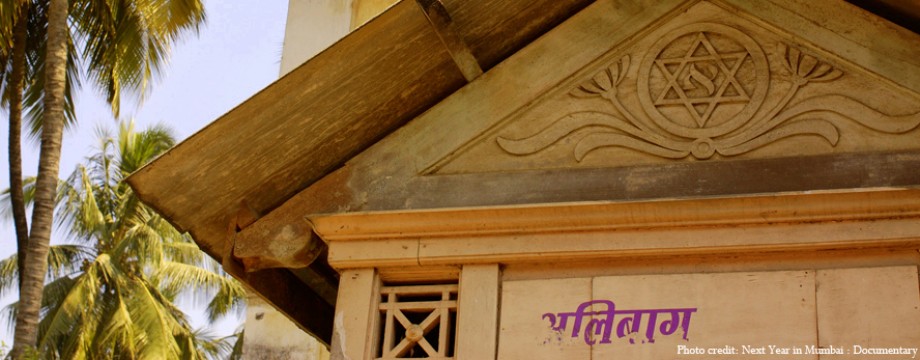
In the late 1940s, India’s Jewish population numbered around 26,000 people. The entire population was split into four groups. At Mumbai’s Knesset Eliyahoo Synagogue, I had my first taste of Indian Jewish cuisine. It was Passover, and we were fed a basic but delicious communal lunch in a large dining area beneath the prayer hall. It had a set sequence and included prayers and music. The food jumped out because it was so familiar to me: masalas and gravies, as well as delicious pulaos and biryanis.
It was my first taste of how Indian Jews successfully blended religious rules and dietary regulations with regional culinary traditions in their cuisine.
Now, a new cookbook tries to capture the Jewish community’s cultural character in India. Author Esther David’s book Bene Appétit: The Cuisine of the Indian Jews, released by HarperCollins, aims to highlight the mostly forgotten eating practices and recipes of one of India’s tiniest religious communities. David is a Jew from Bene Israel who lives in Ahmedabad. She was an art critic, columnist, and professor of Art History before turning to literature. In 2010, she won the Sahitya Akademi Award for English Literature for her first novel, Book of Rachel. Her tenth novel is entitled Bene Appétit. communities, including the Jews of Cochin, Bene Israel, Baghdadi Jews, and European Jewish exiles. All of them had the benefits of Indian citizenship and were not persecuted. If there was any animosity between the Bene Israel and the Baghdadi Jews, it was between them. Rather than religion, the majority of the grounds for this conflict were based on race, social, and economic issues.
